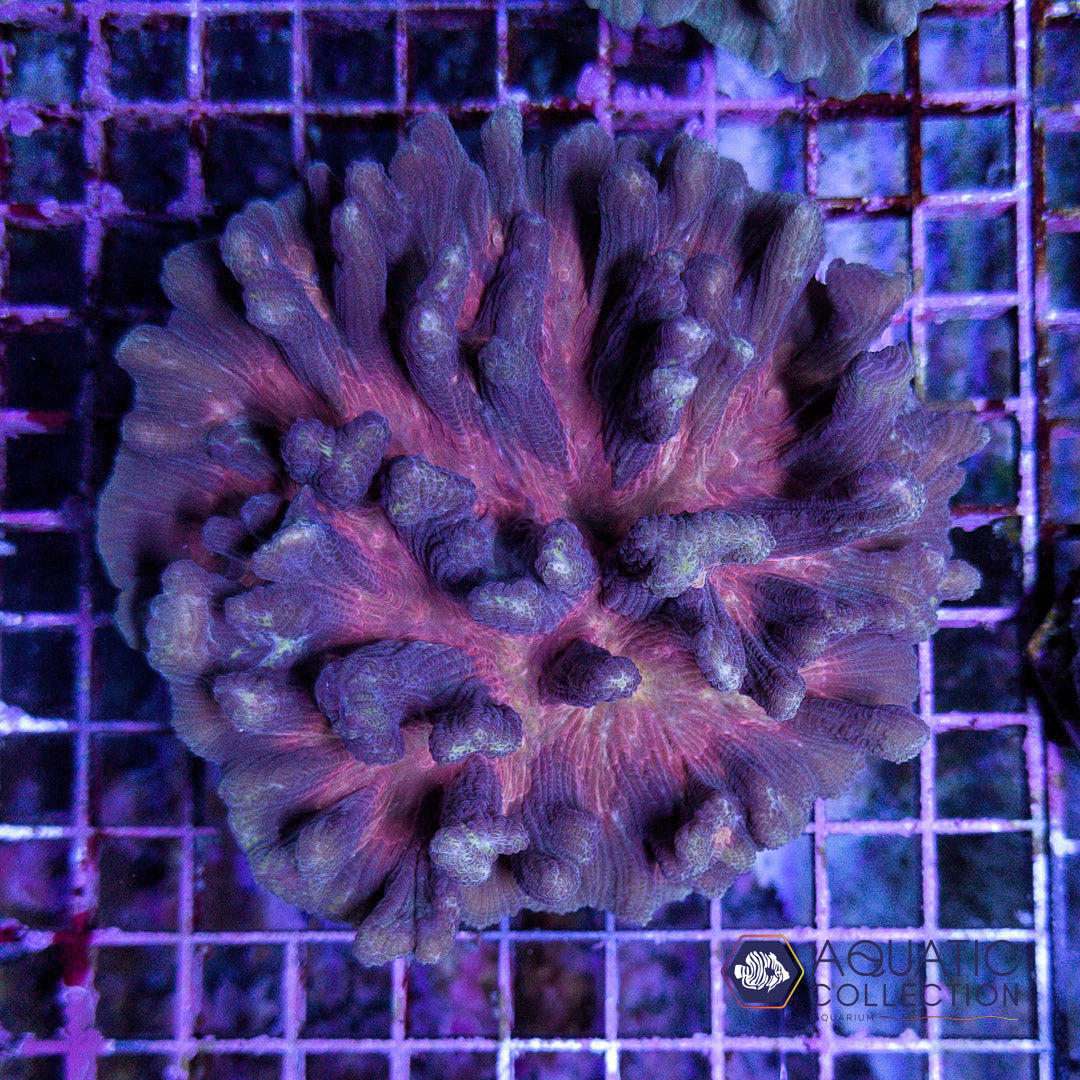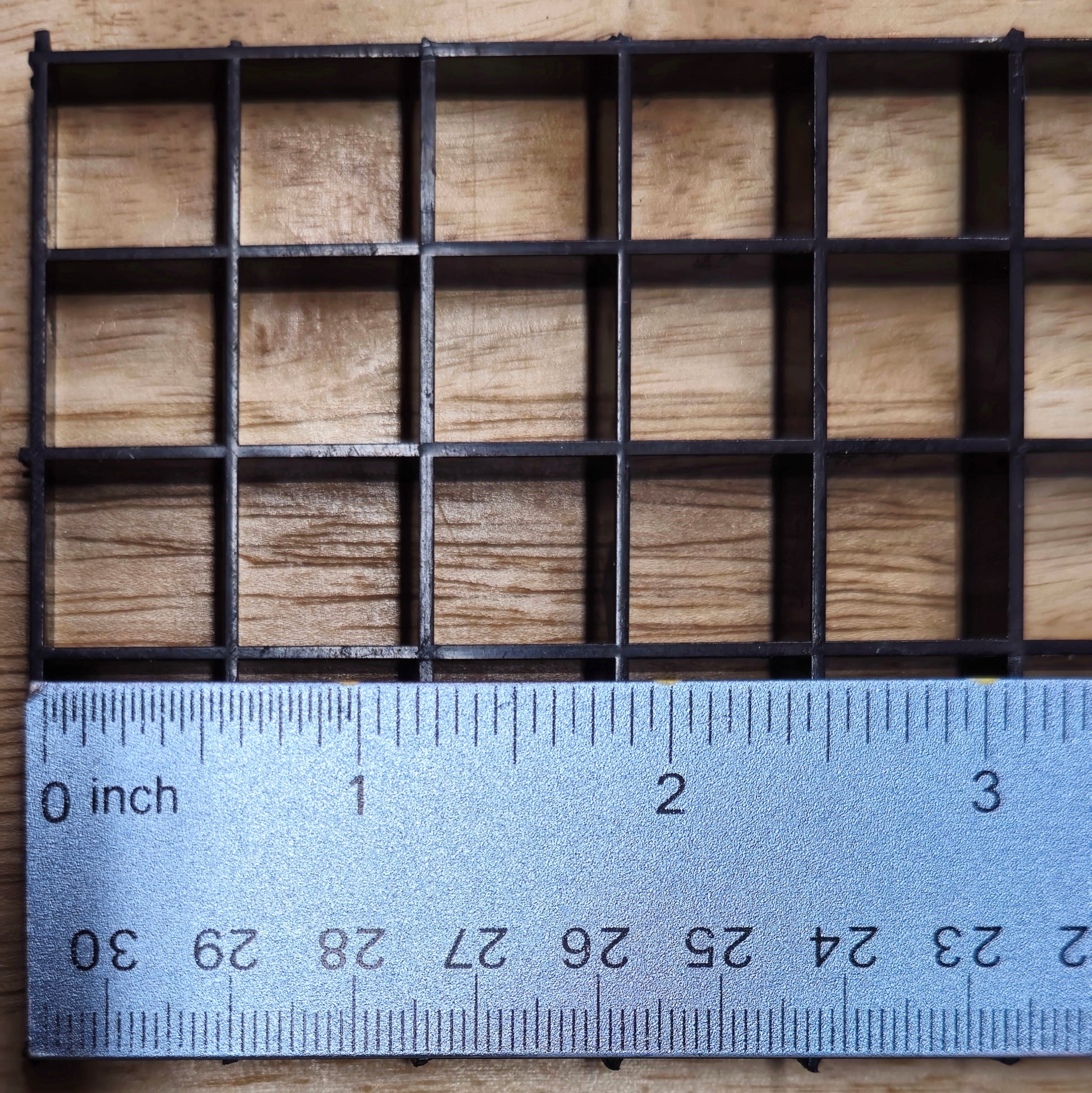Aquatic Collection Aquarium
Pectinia Colony
Pectinia Colony
Couldn't load pickup availability
Species: Pectinia
Approximate size: 5-5.5"
Colors: Purple, orange, green
Morphology
- Structure: Pectinia coral typically forms encrusting colonies or thick, massive structures that can appear as rounded, lobed formations. The surface can be rugged and textured, often covered with prominent spines or protrusions that give it a distinctive appearance.
- Coloration: The Pectinia exhibits a range of colors, including greens, browns, and purples. The presence of symbiotic zooxanthellae contributes to its vibrant hues and aids in photosynthesis, which provides energy for the coral.
Habitat
- Distribution: The Pectinia is primarily found in shallow, tropical waters across the Indo-Pacific region, often in areas with stable water conditions, such as reef slopes and lagoons.
- Environment: This coral thrives in environments with moderate water flow and good light availability. It often occupies deeper sections of the reef where it can benefit from nutrient-rich waters.
Biology
- Feeding: The Pectinia is a mixotroph, obtaining energy from its symbiotic zooxanthellae and through heterotrophic feeding. The polyps extend their tentacles to capture plankton and other organic particles, especially during the night when they are most active.
Care in Aquariums
- Light Requirements: Low to moderate lighting is ideal for the pectinia coral, as it relies on photosynthesis for energy. However, it should be protected from direct, intense light that can cause stress.
- Water Flow: Moderate water flow is beneficial, helping to deliver nutrients and remove waste, crucial for the health of the coral.
- Water Parameters: Optimal conditions include a temperature range of 76-78°F, a salinity of 1.025-1.026 specific gravity, and a pH of 8.1-8.4. Consistent monitoring of water quality is essential to support its growth.
Behavior and Aggression
-
Aggressiveness: Pectinia corals can exhibit territorial behavior and have potent sweeper tentacles that can sting neighboring corals. It’s essential to provide adequate space around them to minimize aggression.
-
Compatibility: They can coexist with various tank mates, including other LPS corals, but should be monitored for interactions, especially with more aggressive species. Avoid placing them too close to corals that might harm them.
These corals are for saltwater aquariums only.
This is the exact specimen you will receive, however, due to differences in tank lighting and screen settings, this item may look slightly different in your aquarium.
For measurement reference use the picture with the black grid and the ruler.
For acclimation details see here.
Share




